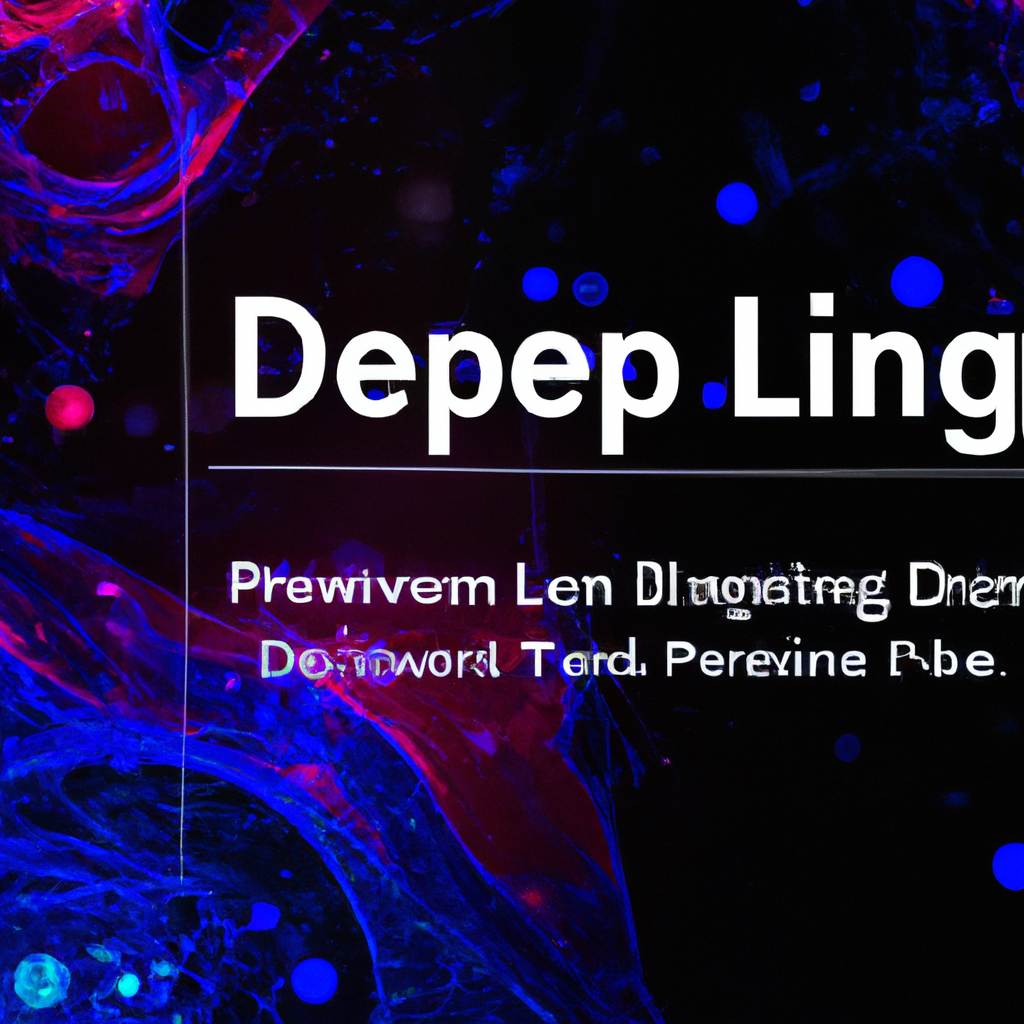Understanding the Principles of Deep Learning in Computer Vision
Table of Contents
Understanding the Principles of Deep Learning in Computer Vision
# Introduction
Computer vision, a subfield of artificial intelligence, has been revolutionized in recent years by the advent of deep learning. Deep learning, a class of machine learning algorithms, has shown remarkable success in various computer vision tasks, including image classification, object detection, and image segmentation. This article aims to provide a comprehensive understanding of the principles underlying deep learning in computer vision.
# Deep Learning and Neural Networks
Deep learning is a subset of machine learning that employs neural networks with multiple layers. Neural networks are computational models inspired by the structure and functionality of the human brain. They consist of interconnected nodes, known as artificial neurons or units, organized into layers. Each unit receives inputs, performs a computation, and generates an output, which is then passed to the next layer. The strength of the connections between units, known as weights, is adjusted during the learning process to optimize the network’s performance.
# Convolutional Neural Networks (CNNs)
Convolutional Neural Networks (CNNs) are a type of neural network particularly well-suited for computer vision tasks. CNNs exploit the spatial structure of images by using convolutional layers that apply a set of filters to extract relevant features. These filters, also known as kernels or convolutional filters, learn to recognize simple patterns, such as edges or corners, in the input image. As the network goes deeper, higher-level features are learned, allowing for more complex representations. This hierarchical feature extraction is a key aspect of deep learning.
# Training a CNN
The training process of a CNN involves two main steps: forward propagation and backpropagation. In forward propagation, the input image is presented to the network, and the activations of each unit are computed. These activations, also known as feature maps, capture the presence of specific features at different spatial locations. The output layer provides the final classification or prediction. During backpropagation, the error between the predicted output and the true label is calculated, and the weights of the network are adjusted to minimize this error. This iterative process is performed over a large dataset, allowing the network to learn the underlying patterns and generalize to new, unseen data.
# Loss Functions and Optimization
To quantify the error in the predictions made by a neural network, a loss function is used. In computer vision tasks, common loss functions include the softmax cross-entropy loss for classification tasks and the mean squared error for regression tasks. The choice of the loss function depends on the specific problem being tackled. Optimization algorithms, such as stochastic gradient descent (SGD) and its variants, are employed to update the weights of the network and minimize the loss. These algorithms iteratively adjust the weights in the direction that reduces the loss, ultimately converging to a local minimum.
# Data Augmentation and Regularization
Deep learning models often require a large amount of labeled data to achieve good performance. However, collecting and annotating such datasets can be time-consuming and expensive. Data augmentation is a technique used to artificially increase the size of the training dataset by applying various transformations, such as rotations, translations, and flips, to the existing images. This helps to improve the generalization ability of the model and reduces the risk of overfitting, which occurs when the model memorizes the training data without learning the underlying patterns. Regularization techniques, such as dropout and weight decay, are also employed to prevent overfitting by introducing noise or adding a penalty term to the loss function.
# Transfer Learning and Pretrained Models
Transfer learning is a technique that leverages the knowledge learned by a model on one task to improve performance on another related task. In computer vision, pretrained models, such as VGGNet, ResNet, and Inception, trained on large-scale datasets like ImageNet, have been shown to be effective in transfer learning. These models have learned to recognize a wide range of visual features and can be fine-tuned on a smaller dataset specific to the target task. By initializing the network with pretrained weights, the model can benefit from the learned representations and achieve better performance with less training data.
# Challenges and Limitations
Although deep learning has achieved remarkable success in computer vision, it still faces several challenges and limitations. One significant challenge is the need for large amounts of labeled data, which may not always be available. Additionally, deep learning models can be computationally expensive and require powerful hardware, such as GPUs, to train and deploy. Interpretability is another limitation, as deep learning models often act as black boxes, making it difficult to understand the reasoning behind their predictions. Addressing these challenges and exploring new research directions is crucial for further advancement in the field of deep learning in computer vision.
# Conclusion
Deep learning has revolutionized computer vision by enabling remarkable performance on various tasks. Convolutional Neural Networks, with their ability to extract hierarchical features, have become the cornerstone of deep learning in computer vision. The training process, involving forward propagation and backpropagation, allows the network to learn from labeled data and make accurate predictions. Techniques such as data augmentation, transfer learning, and regularization further enhance the performance of deep learning models. However, challenges related to data availability, computational requirements, and interpretability remain. By understanding the principles of deep learning in computer vision, researchers can continue to push the boundaries of what is possible in this exciting field.
# Conclusion
That its folks! Thank you for following up until here, and if you have any question or just want to chat, send me a message on GitHub of this project or an email. Am I doing it right?
https://github.com/lbenicio.github.io

